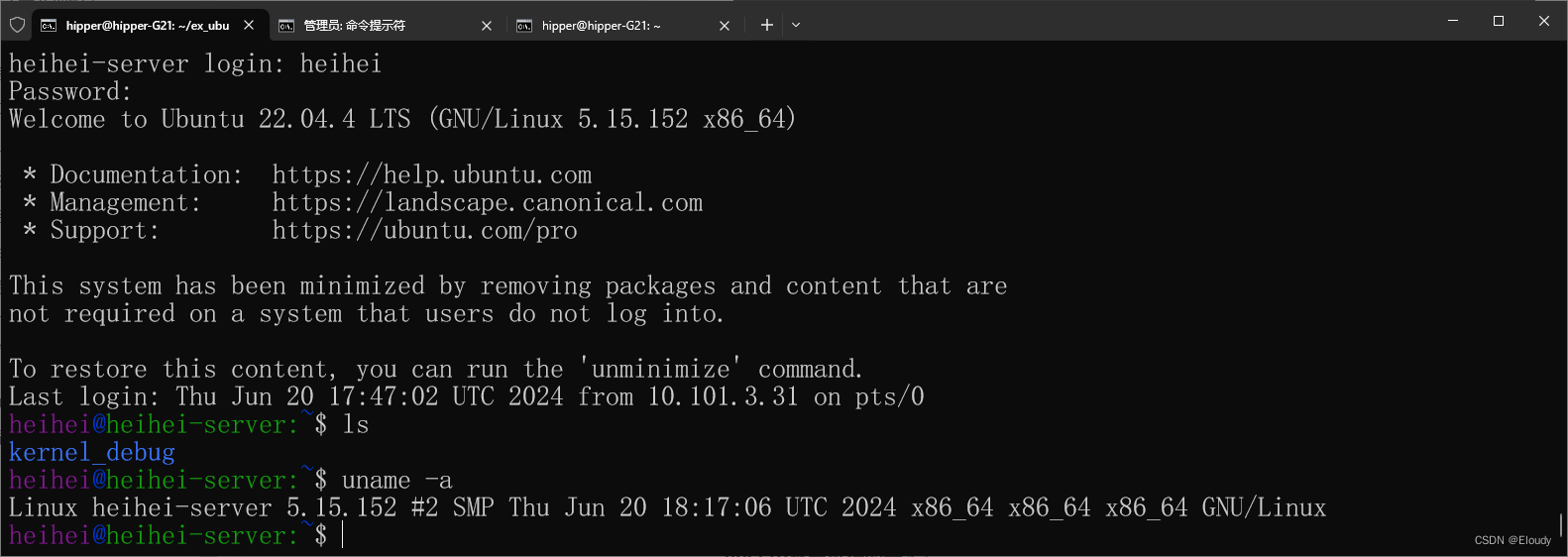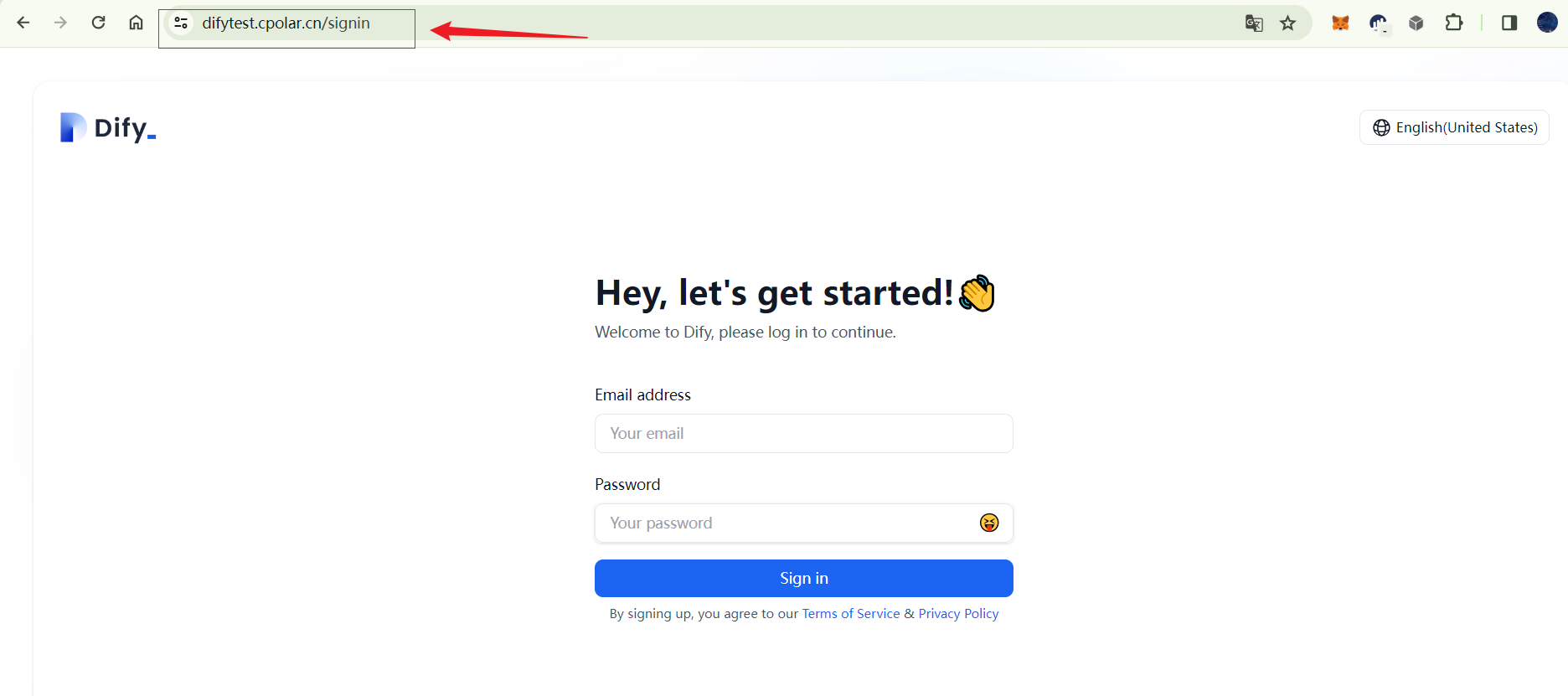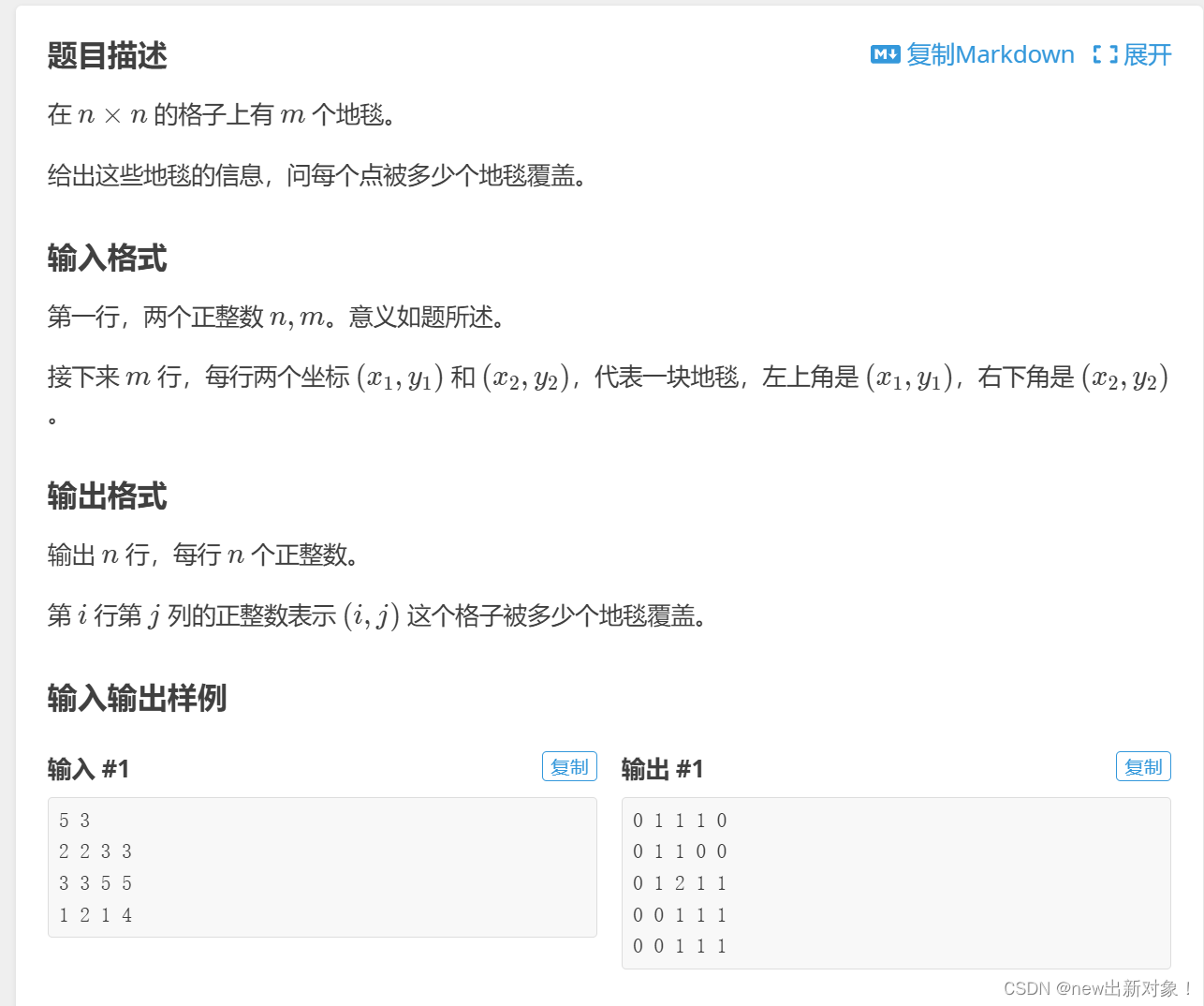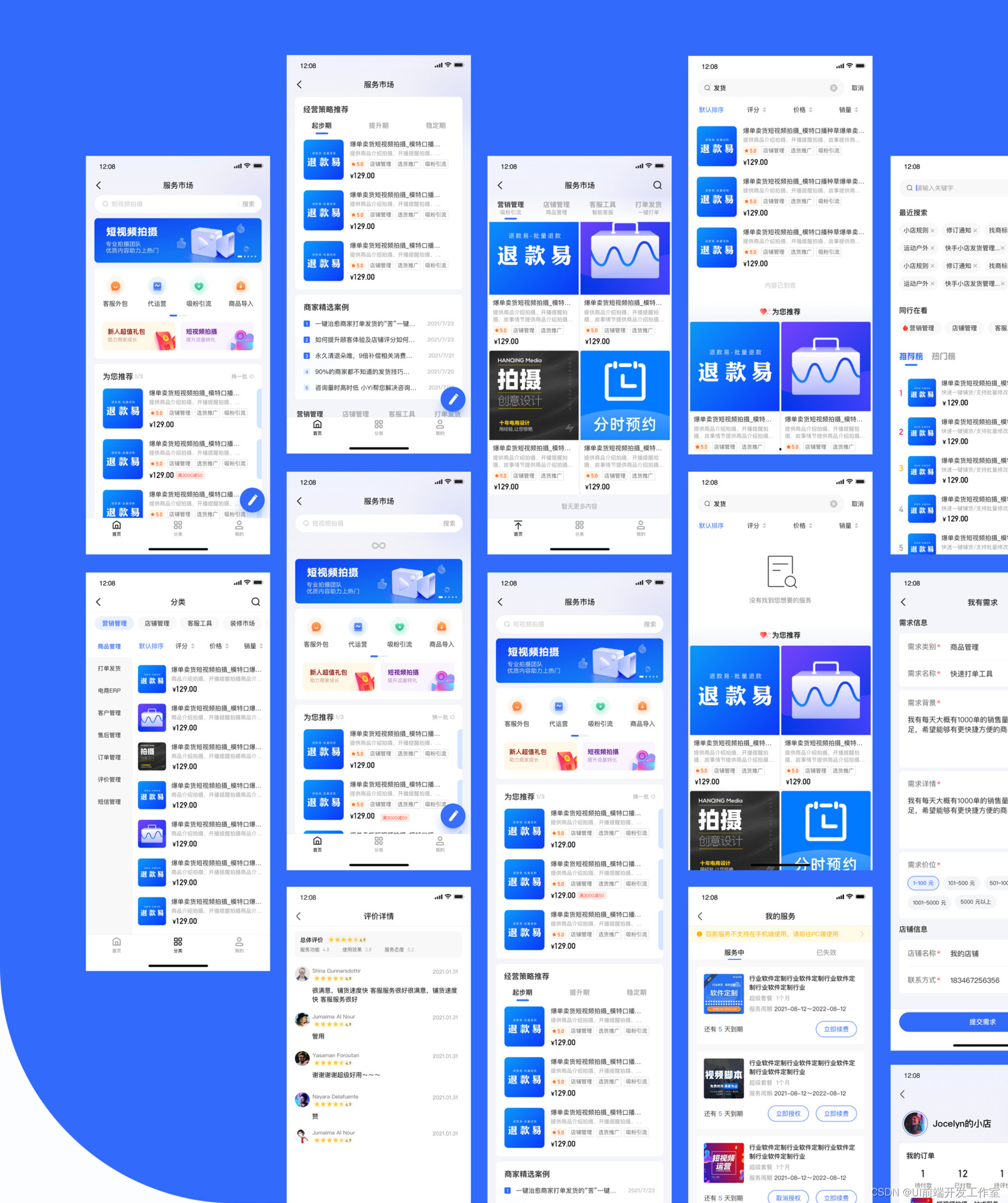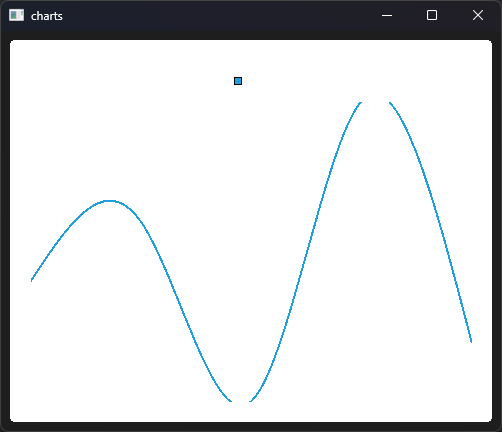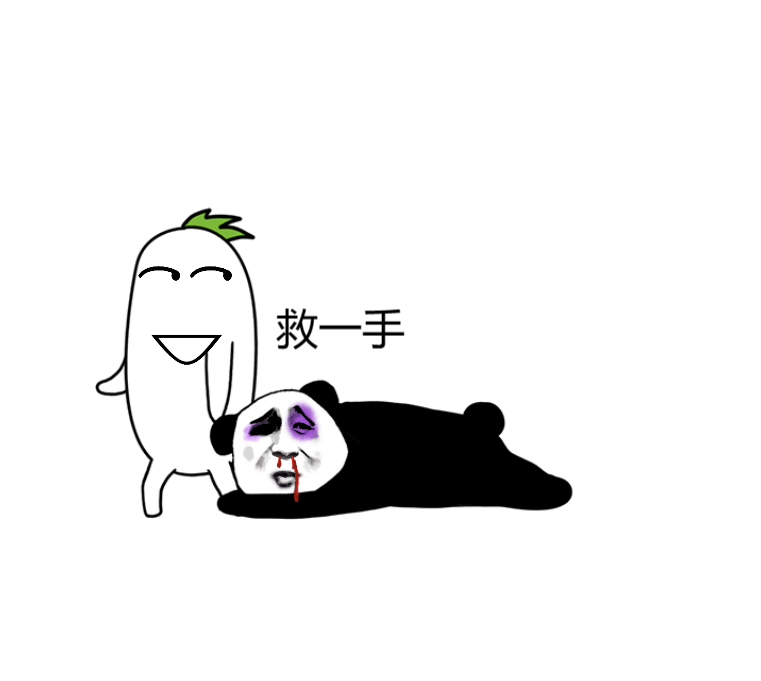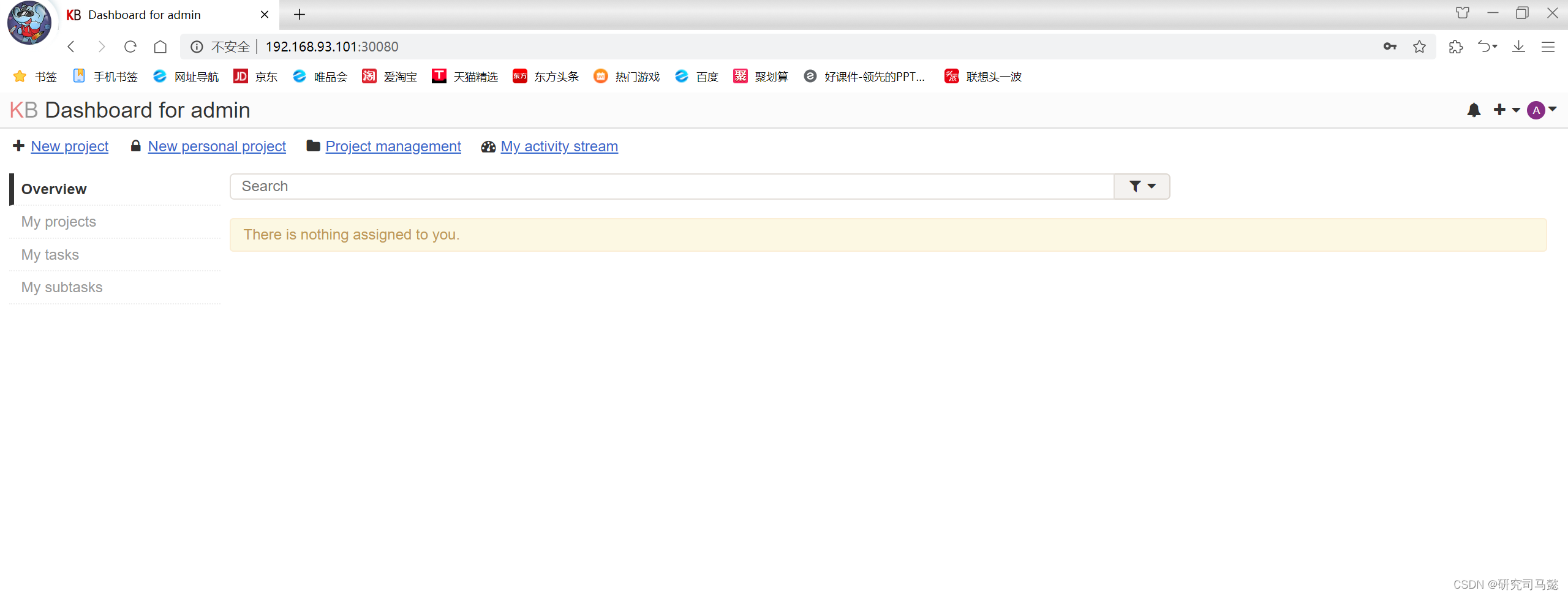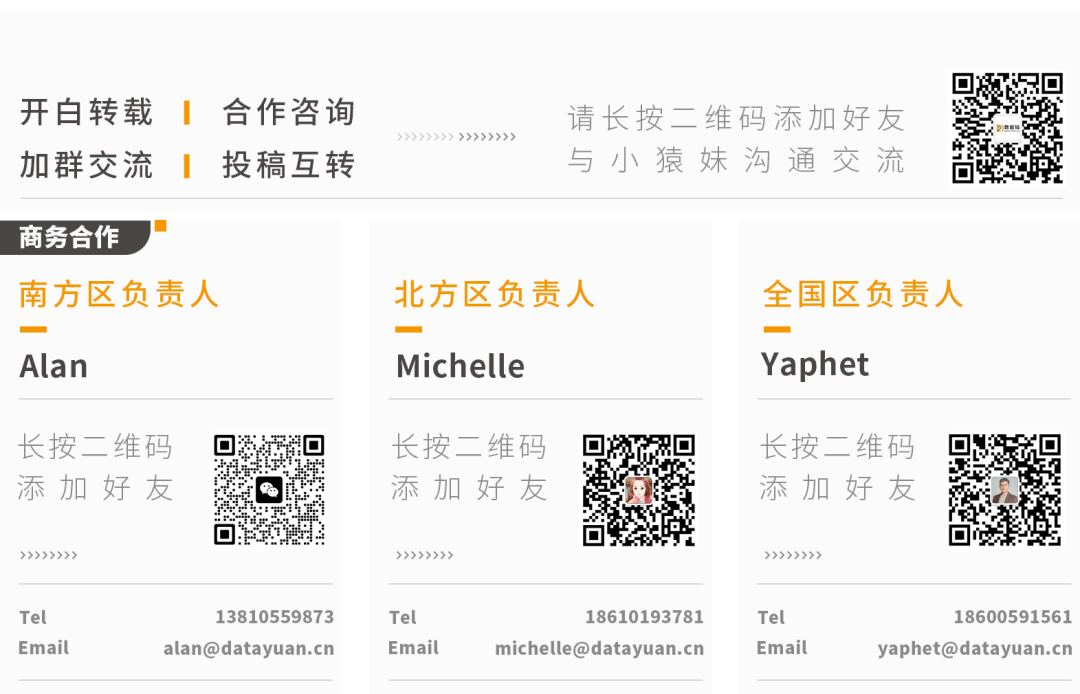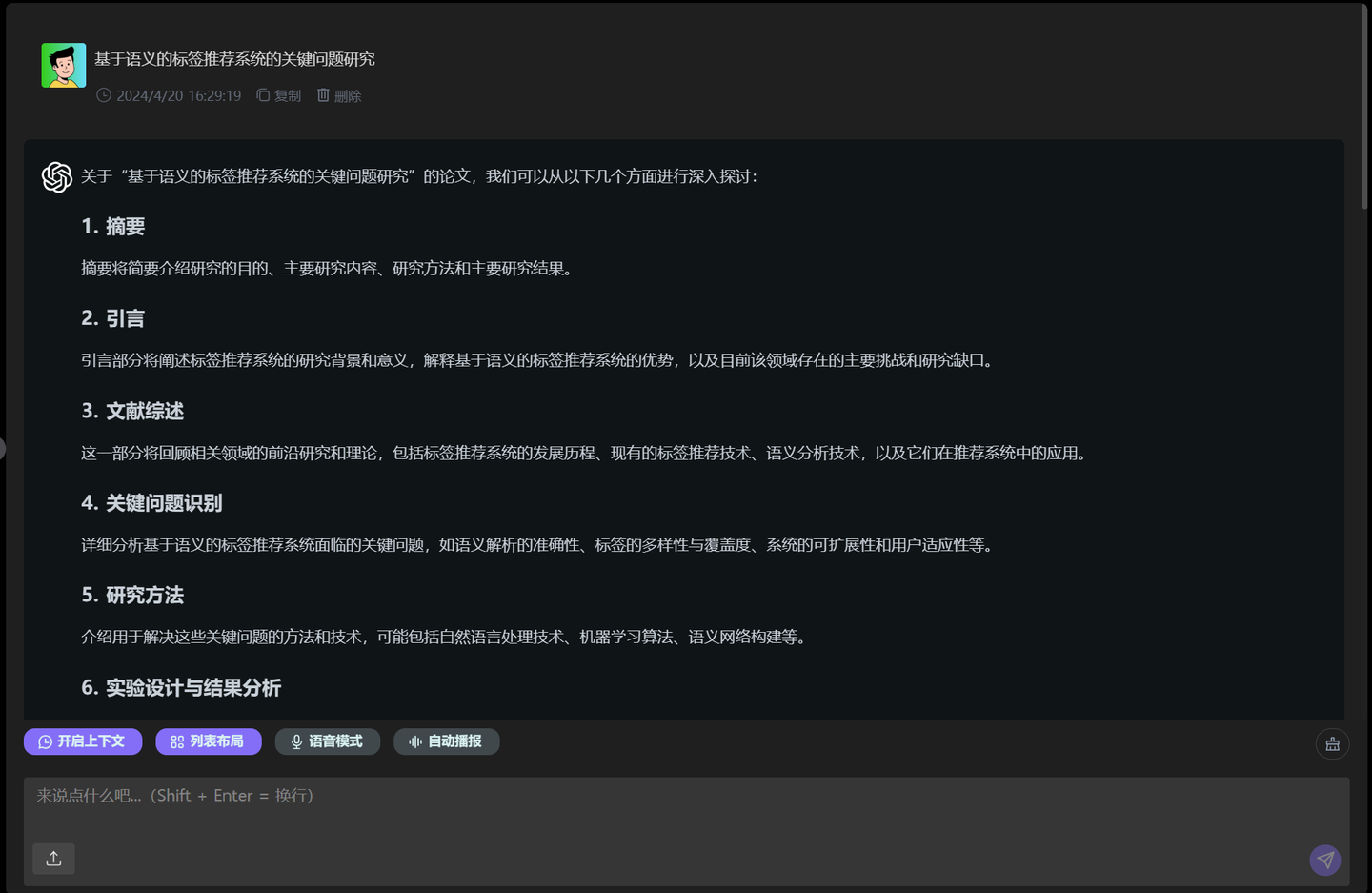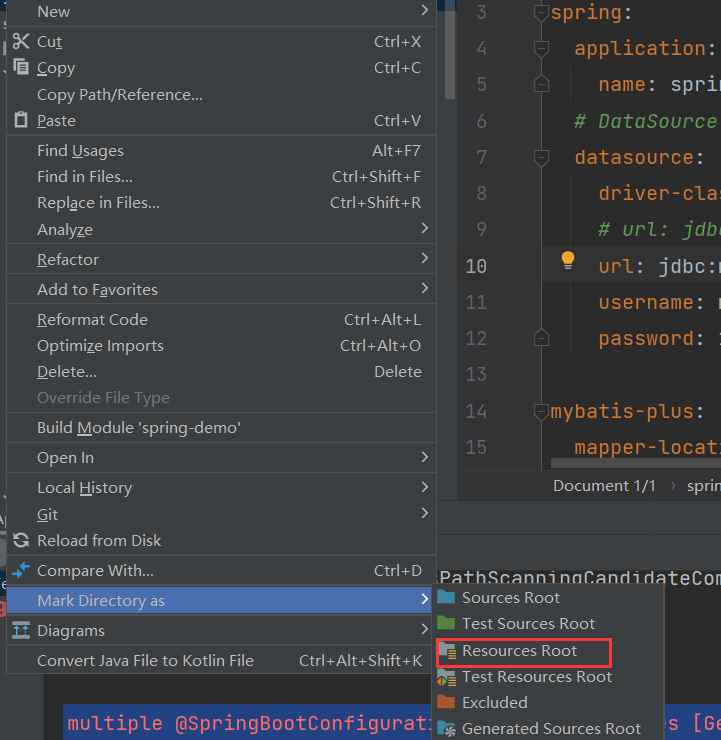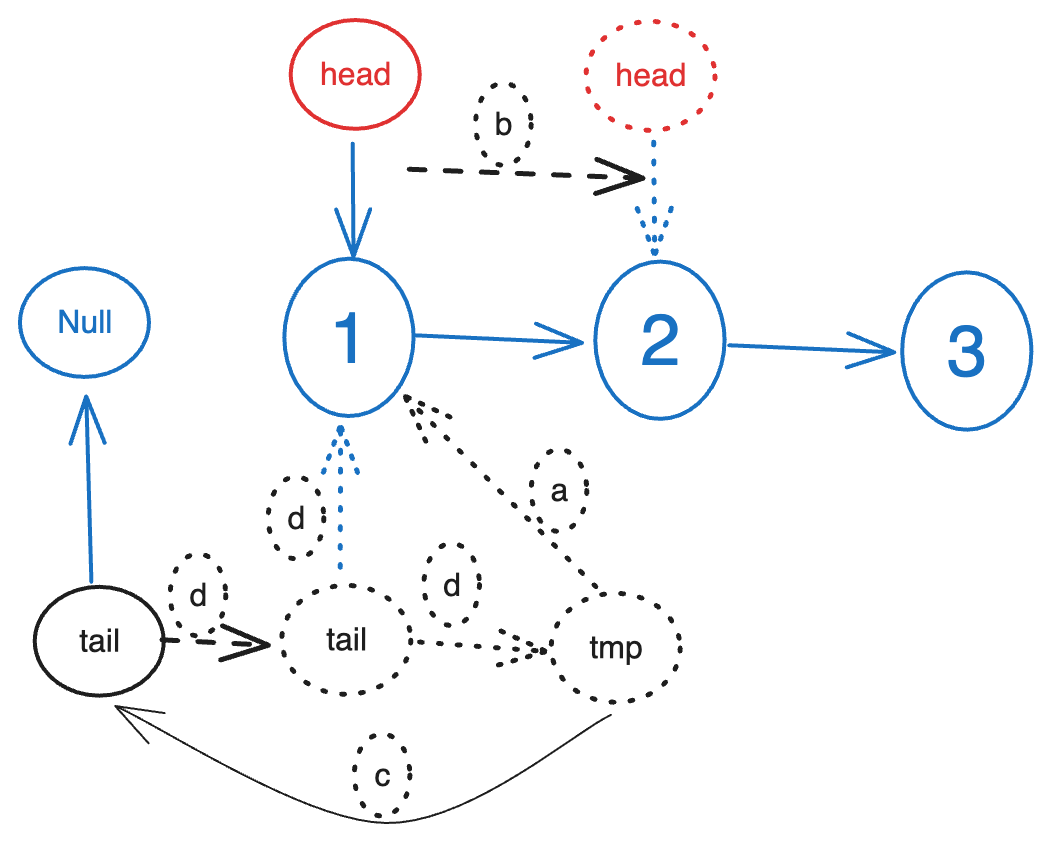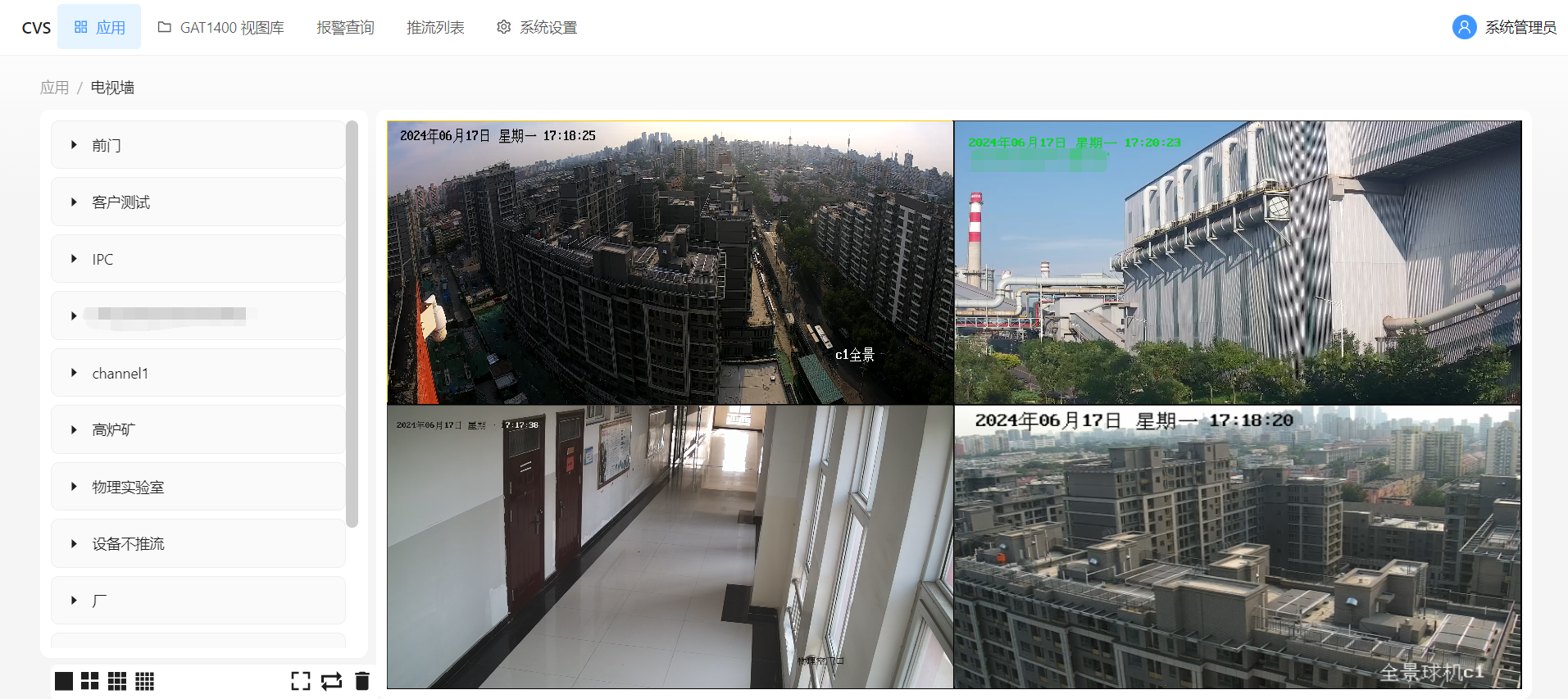Java 面向对象设计 - Java 终止块
try 块也可以有零个或一个 finally 块。 finally 块总是与 try 块一起使用。
语法
使用 finally 块的语法是
finally {
// Code for finally block
}
finally 块以关键字 finally 开始,后面紧跟一对大括号。
finally 块的代码放在大括号内。
try,catch 和 finally 块有两种可能的组合: try - catch - finally 或 try - finally 。
try 块可以后跟零个或多个 catch 块。
try 块最多可以有一个 finally 块。
try 块必须有一个 catch 块,一个 finally 块,或者两者兼而有之。
try-catch-finally 块的语法是:
try {
// Code for try block
}
catch(Exception1 e1) {
// Code for catch block
}
finally {
// Code for finally block
}
try - finally 块的语法是:
try {
// Code for try block
}
finally {
// Code for finally block
}
无论在相关联的 try 和 / 或 catch 块中发生什么,finally 块都被保证被执行。
通常,我们使用 finally 块来写清理代码。
例如,我们可能获得一些资源,当我们完成它们时,必须释放。
try - finally 块允许你实现这个逻辑。
您的代码结构将如下所示:
try {
// Obtain and use some resources here
}
finally {
// Release the resources that were obtained in the try block
}例子
下面的代码演示了 finally 块的使用。
public class Main {
public static void main(String[] args) {
int x = 10, y = 0, z = 0;
try {
System.out.println("Before dividing x by y.");
z = x / y;
System.out.println("After dividing x by y.");
} catch (ArithmeticException e) {
System.out.println("Inside catch block a.");
} finally {
System.out.println("Inside finally block a.");
}
try {
System.out.println("Before setting z to 2.");
z = 2;
System.out.println("After setting z to 2.");
}
catch (Exception e) {
System.out.println("Inside catch block b.");
} finally {
System.out.println("Inside finally block b.");
}
try {
System.out.println("Inside try block c.");
}
finally {
System.out.println("Inside finally block c.");
}
try {
System.out.println("Before executing System.exit().");
System.exit(0);
System.out.println("After executing System.exit().");
} finally {
// This finally block will not be executed
// because application exits in try block
System.out.println("Inside finally block d.");
}
}
}
上面的代码生成以下结果。

重新引用异常
捕获的异常可以重新引用。
public class Main {
public static void main(String[] args) {
try {
m1();
} catch (MyException e) {
// Print the stack trace
e.printStackTrace();
}
}
public static void m1() throws MyException {
try {
m2();
} catch (MyException e) {
e.fillInStackTrace();
throw e;
}
}
public static void m2() throws MyException {
throw new MyException("An error has occurred.");
}
}
class MyException extends Exception {
public MyException() {
super();
}
public MyException(String message) {
super(message);
}
public MyException(String message, Throwable cause) {
super(message, cause);
}
public MyException(Throwable cause) {
super(cause);
}
}
上面的代码生成以下结果。

